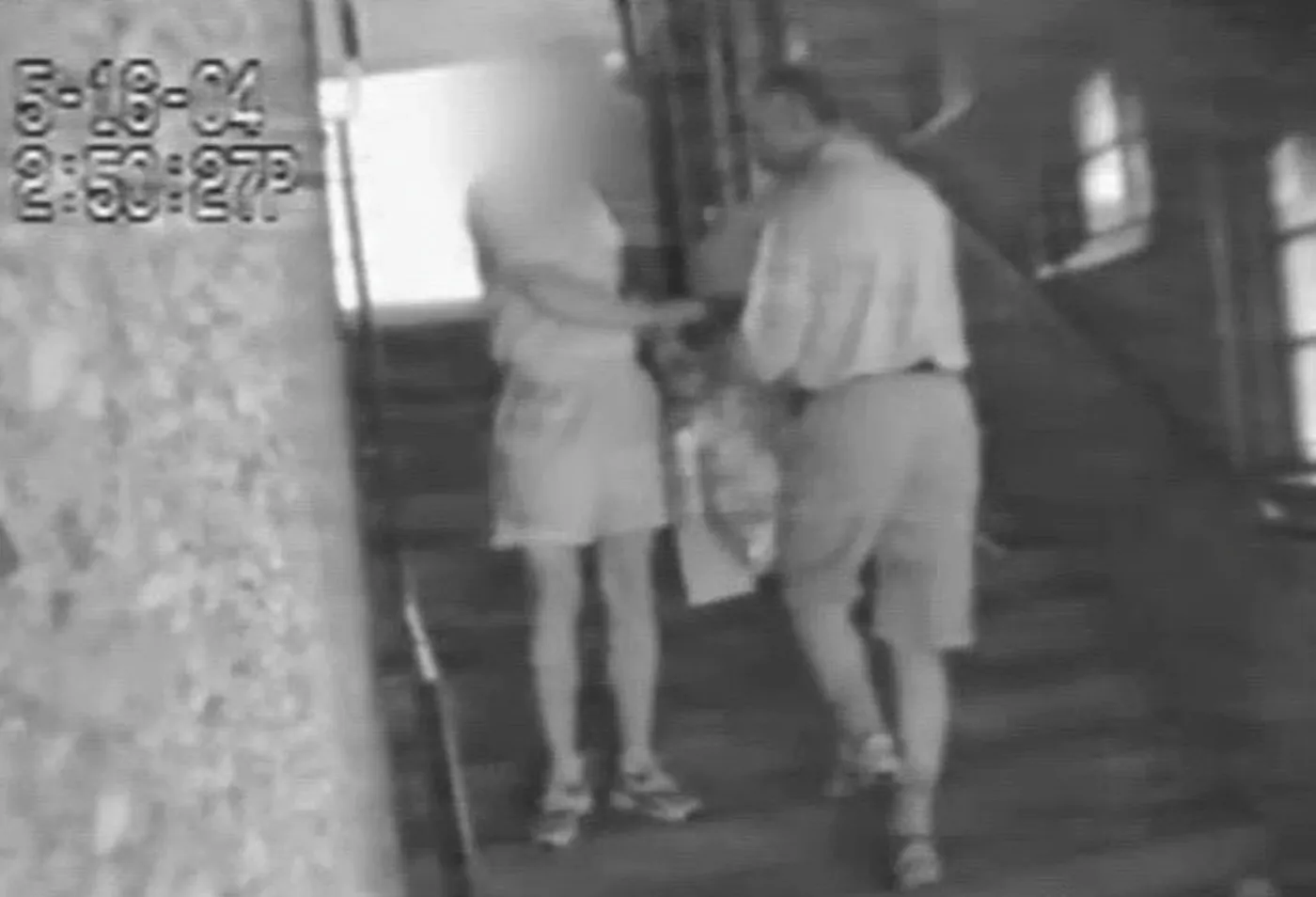
Welcome to the Brush Pass
Hello, and welcome to the inaugural edition of The Brush Pass! I’m Zach Dorfman, a national security and intelligence journalist, and the author of the newsletter you’re now reading. I want to kick off this inaugural edition with something that may seem a little unusual – but bear with me.
There’s a stanza from T.S. Eliot’s poem “The Hollow Men” of which I’m particularly fond:
Between the idea
And the reality
Between the motion
And the act
Falls the Shadow
Consider this a mission statement. Journalism — intelligence and national security reporting, in particular — involves a constant negotiation with this “Shadow”: the space between where you initially believe the reporting will take you, and where, after you’ve begun the work, you wind up. Sometimes you might return home to Ithaca, a bit worse for wear. Just as often you might find yourself perpetually adrift at sea. Whether it's reporting on a CIA plot advocated by then-Director Mike Pompeo to kidnap Julian Assange, revealing a Pentagon plan developed under the Trump administration to conduct sabotage and psychological and information operations against Iran, or showing how Russia's San Francisco consulate long served as a hotbed of spying, I've learned this lesson over and over again.
Along the way, I've also seen that there's a few constants. In this line of reporting, you'll always be surprised by what you learn. And you'll always know there are things you have missed. For instance, when investigating a story about an alleged Chinese intelligence asset, Christine Fang, who targeted Bay Area politicians, Bethany Allen-Ebrahimian and I were shocked to discover how well known Fang was in Bay Area Democratic Party circles during her time in Northern California. In intelligence reporting, you come to expect almost everything to transpire in the shadows. In this case, much of the story had unfolded in broad daylight.
Still, we knew there were countless "known unknowns" — as a key architect of post-9/11 America called them — to the story. A big one: the circumstances under which Fang, then the subject of an intensive FBI counterintelligence investigation, left the United States for China. Did she realize authorities were on to her? Why was she permitted to leave the country? Did some mix up allow her to slip through the Bureau's fingers? Or did the FBI simply lack the evidence – or desire – to prosecute her? We didn't know the answer when we published the story. We still don't.
It’s easy to get lost in such thickets. The legendary CIA spymaster James Jesus Angleton, himself cribbing from T.S. Eliot, described the work of counterintelligence as “the wilderness of mirrors.” This can also be an apt description for national security journalism.
Journalism is often just called “the first rough draft of history.” This is right and good as far as it goes, but I don’t think it goes far enough — journalism is often the only public draft of history. This is particularly true in the intelligence world, where secrecy is both a fundamental barrier to entry and the coin of the realm.
There are CIA internal histories, for example, written by scholarly agency employees, that tell the secret history of U.S. intelligence and covert activities abroad. Many of these histories have been declassified, generally many decades after the events they describe. But disclosures of this sort account for a tiny fraction of what is public about American national security agencies. Enterprising journalism does much of the rest of the work.
Of course, intelligence bureaucracies do require secrecy to function. Without it, they cannot do their critical work. (It's worth noting: Relative to its authoritarian adversaries, the American intelligence community is quite transparent.) But everything, even secrets, are — and should be — perishable. They cannot be allowed to endure for so long that they no longer possess the force of revelation for those affected by them.
I’ll give an example. Sitting in a safe right now in the United States Senate is a nearly 7,000-page report by the Senate Intelligence Committee on the CIA’s “Detention and Interrogation Program,” commonly known as the Torture Report, which sheds light of abuses committed under the Bush-era program during the height of the global war on terror. A partially-redacted 712-page summary has been released to the public. But why not the full document, which details actions that occurred well over a decade ago? Why keep the full report hidden from public scrutiny? Why meticulously document such a dark chapter of American history, only to suppress it? What's the justification for such secrecy?
Inevitably, much of this secret domain will stay secret. But I aim to cast a light on the world behind the one you think you know — the one that informs our world, shapes it, and drives it, from the smoldering frontlines of eastern Ukraine, to the marbled halls of Washington, D.C., to the sleek venture-capital offices of Sand Hill Road. My hope is that this newsletter can be a place to have an elevated, but informal, dialogue with readers about the subject.
That’s the world of espionage. And that’s the world of the Brush Pass. I’m glad to have you join me.
Get in touch at zach@projectbrazen.com or securely at brushpass1@protonmail.com.